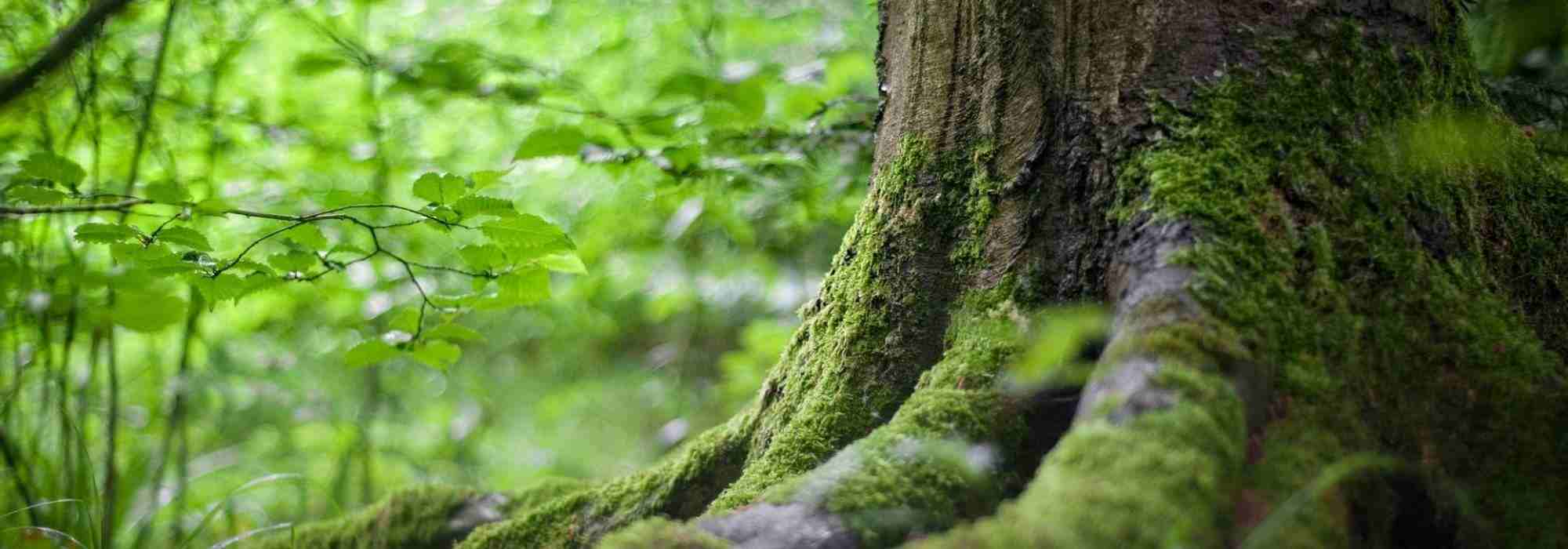
5 trees for a North-facing garden
For wet soils and cold environments
Contents
Not all trees are suited to grow in a north-facing garden. In this type of exposure, it is essential to choose a tree that can withstand cold, moisture, and wind, while also providing attractive decorative interest! While some display beautiful foliage in warm colours during autumn, others delight us with their stunning bark. Used as standalone specimens, in groups, by the water’s edge, or as hedges, here is a selection of 5 hardy ornamental trees, whether fast-growing or rather slow, perfect for shady gardens.
Sycamore Maple
Called Acer pseudoplatanus, the Sycamore Maple is highly valued for its palmate and dense foliage that takes on beautiful warm hues in the autumn. Its large 5-lobed leaves gradually change from dark green to orange-yellow, before leaving the branches naked during winter. Its small, melliferous yellow flowers attract numerous insects in spring. Note that it takes about twenty years before it produces its winged fruits: the samaras. Very common in France, this deciduous-leaved Maple of large size is suited for spacious areas, planted alone in a park or in rows of trees. Its rounded silhouette can indeed reach heights of 25 to 30 m! Also known as False Plane, Great Maple, or Mountain Maple, this Acer thrives in deep, cool, non-calcareous soils where its powerful root system allows it to grow rapidly over several hundred years. Thanks to its great vigour, it can withstand frost and strong winds.
⇒ Discover more Maples on our site.
⇒ To learn more, check our guide on planting, pruning, and caring for Maples.

Acer pseudoplatanus
Read also
10 very hardy, frost-resistant treesCommon Ash
The Common Ash or European Ash (alias Fraxinus excelsior) is recognised by its large, very dark floral buds, its slender grey trunk covered in numerous scales, and its dark green foliage formed of leaflets. Its beautiful yellow colour in autumn is its main ornamental appeal. After its subtle reddish flowering, it produces winged samaras that the wind effectively disperses. This large deciduous tree develops a well-open crown at maturity, reaching around thirty metres in height. Although it can be pruned, it is most beautiful when grown freely as a specimen in a large garden with a non-scorching exposure. An ordinary soil suits it, provided it is deep and cool in summer. Cold does not deter it; the fast-growing Common Ash can also be planted by watercourses.
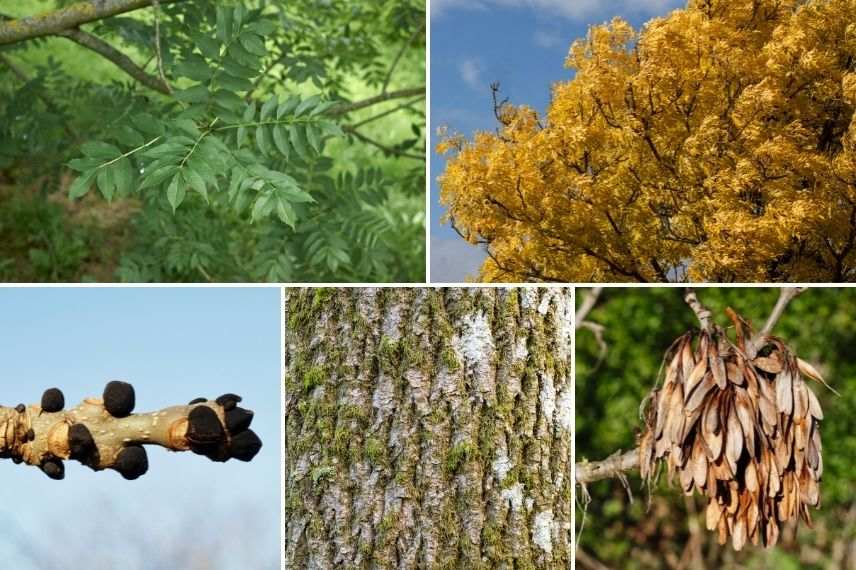
Fraxinus excelsior
Discover other Trees and large shrubs
View all →Available in 0 sizes
Available in 1 sizes
Available in 1 sizes
Available in 1 sizes
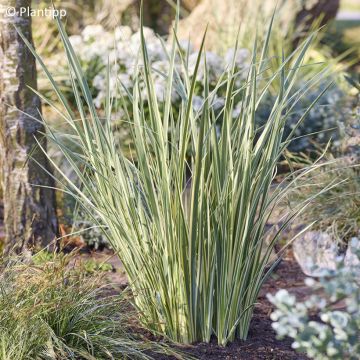
Available in 1 sizes
Available in 1 sizes
Available in 1 sizes
Available in 1 sizes
Available in 2 sizes
Available in 1 sizes
The glutinous Alder 'Imperialis'
The Glutinous Alder ‘Imperialis’ has an original foliage compared to the typical species adorned with ovate leaves. Indeed, Alnus glutinosa ‘Imperialis’ boasts a beautiful foliage of very light green leaves, pointed, finely and deeply cut. This makes it highly decorative. However, be aware that it is a deciduous tree with slow growth. At maturity, this variety with laciniate foliage is much smaller than the common Black Alder (25 m tall) and does not exceed ten metres in height and 3 m in width. Very common along riverbanks, which it stabilises with its roots, this Alder is capable of growing in waterlogged soils where other trees cannot survive. Note that the lightweight wood of this small pyramidal tree is almost rot-proof. Furthermore, we recommend planting it away from houses, as its powerful roots can damage ducts. Very hardy, it finds its place in medium-sized gardens, in poor, acidic soil, which it can tolerate.
⇒ Discover our selection of Alders on our site.

Alnus glutinosa ‘Imperialis’ (photos Wikipedia)
Paper birch
The Paper birch or Betula papyrifera is named for its characteristic white bark that peels off in fine strips, revealing a young brown bark underneath. Note that young specimens have a reddish-brown bark and that only mature birches shed their bark in pure white. The Betula papyrifera also offers beautiful autumn colours. Indeed, its triangular, dentate leaves, which are matte green in spring, turn yellow in autumn. With its well-formed upright trunk and trailing branches, it can be planted in a grove of trees, where it remains elegant even in winter without its leaves. It is also stunning when grown as a coppice (multiple trunks emerging from the same base) and surrounded by perennial plants at its base. With excellent hardiness and rapid growth, this large tree (approximately 20-25 m tall with a 10-12 m canopy spread) dislikes dry soils and requires well-drained, cool, and moist soil to thrive.
⇒ Discover other species and varieties of Birches on our site.
⇒ Learn all about the planting, cultivation, and maintenance of Birch.
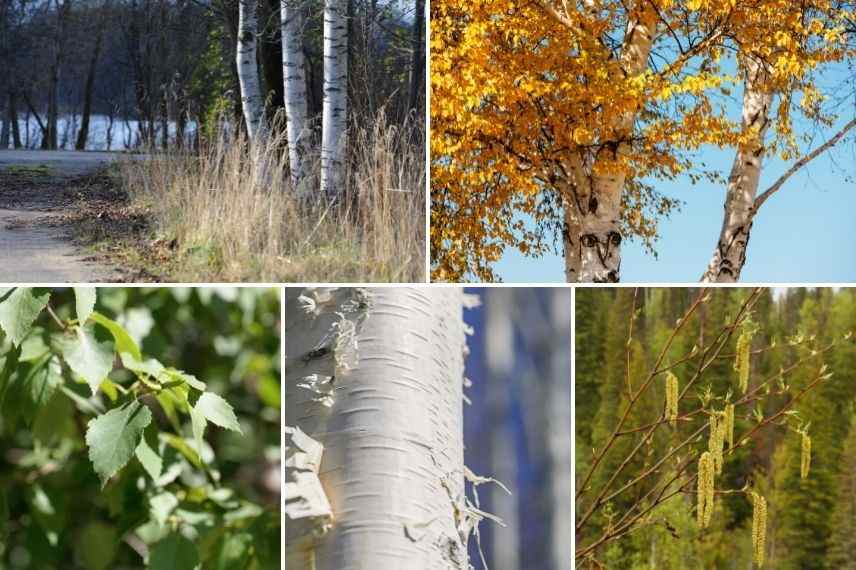
Betula papyrifera
The common beech
The Common Beech or Fagus, known as Fagus sylvatica in Latin, is a large tree that can be planted either as a specimen or in a hedge. When unpruned, it has a rather spreading habit and can reach up to 20 m in height at maturity. The bark of its trunk, particularly smooth and light grey in colour, is easily recognisable. This tree is marcescent, meaning it retains its dry foliage during autumn and winter. The leaves fall in spring during the bud burst period of new leaves. With its ovate leaves featuring prominent and pilous veins, it is often confused with the Hornbeam (but its leaves are not villous). Tolerating severe pruning very well, it can serve as a screen and windbreak in an evergreen hedge due to its abundant foliage. However, patience is required, as its growth is quite slow. Widely represented in our forests, this very hardy tree has a high resistance to cold (down to -20°C) and thrives in cool soils, which it prefers.
⇒ Discover other varieties of Beeches on our site.
⇒ Planting, pruning, and caring for the Beech, we tell you everything!
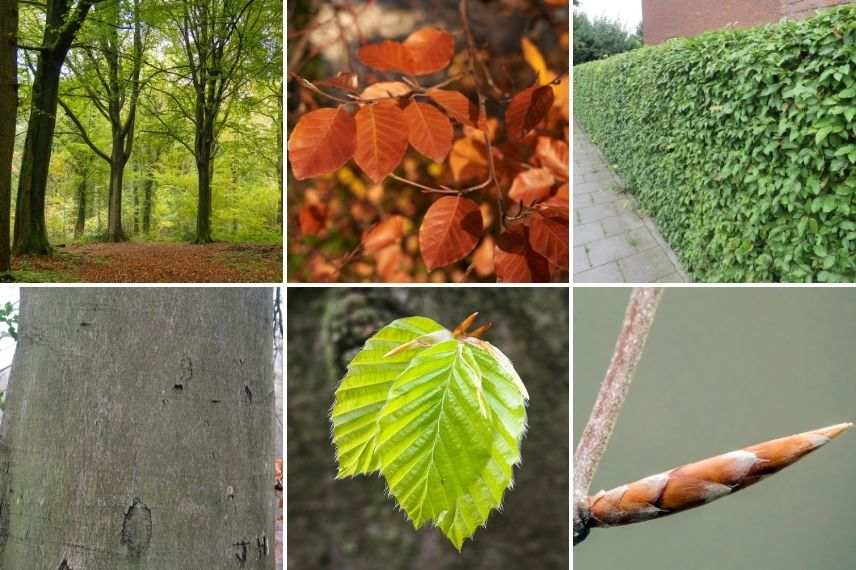
Fagus sylvatica
- Subscribe!
- Contents
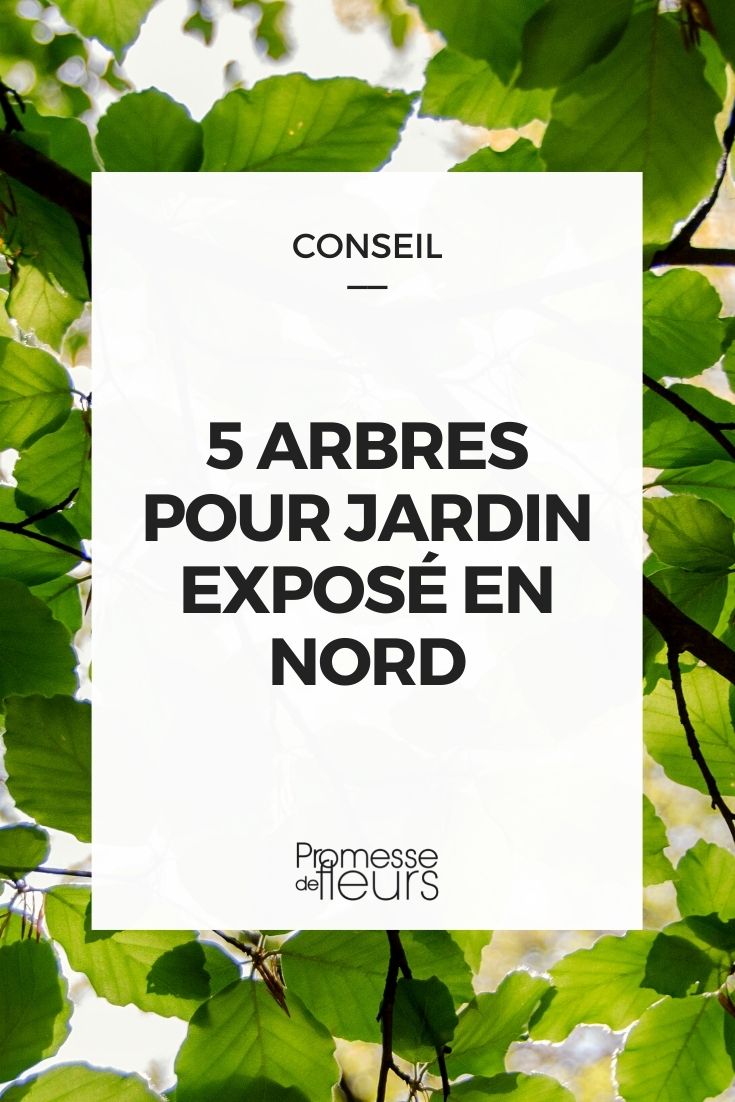
































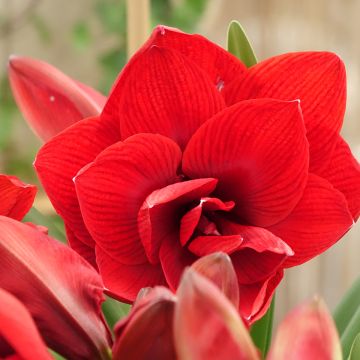


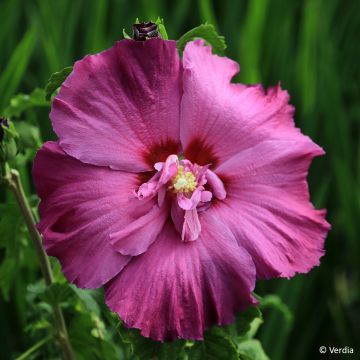

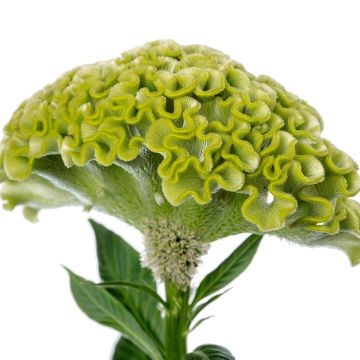
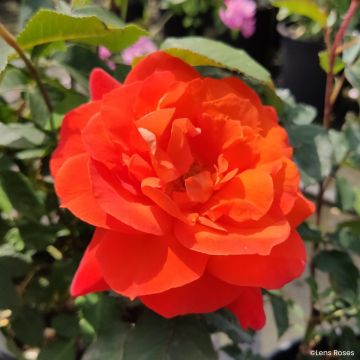

Comments